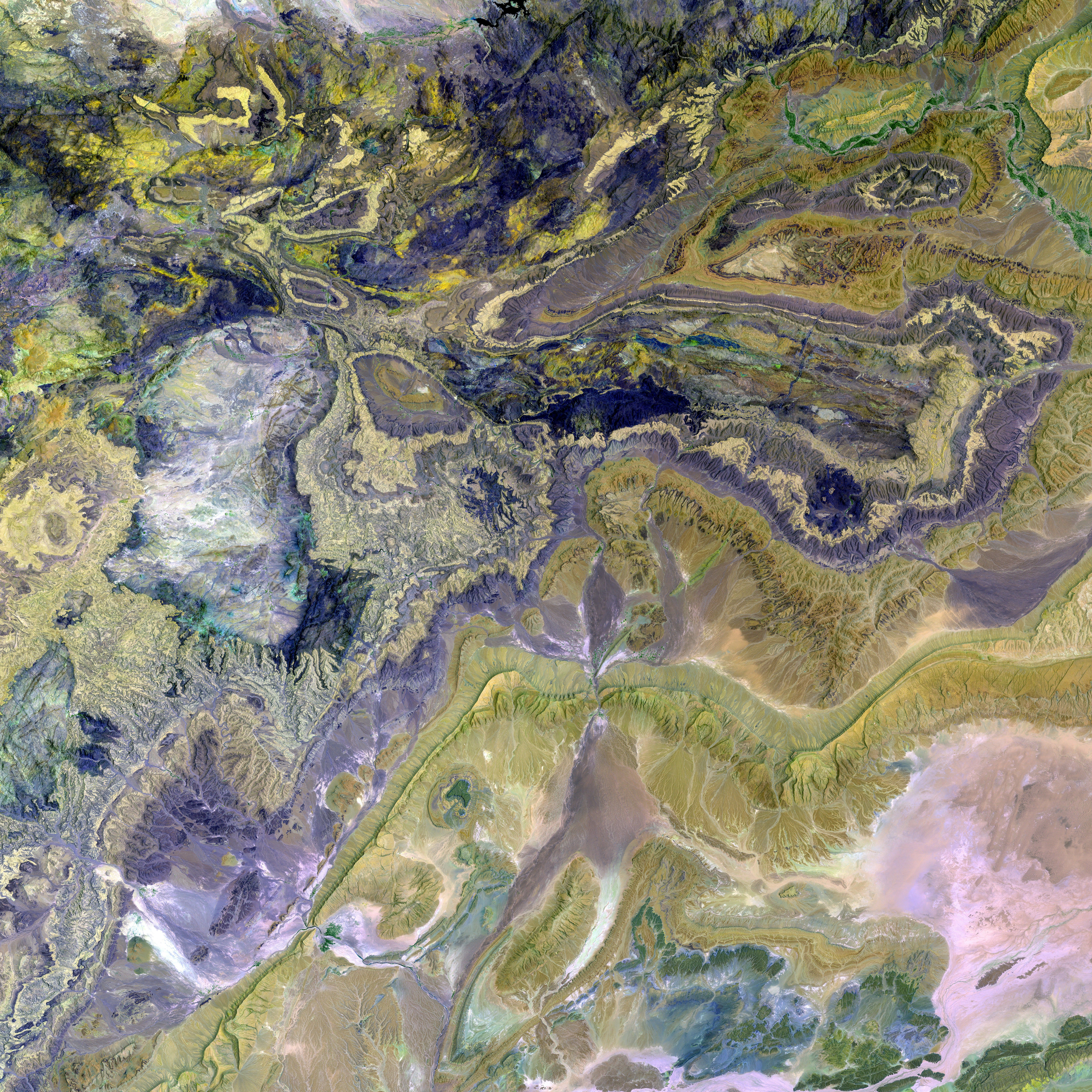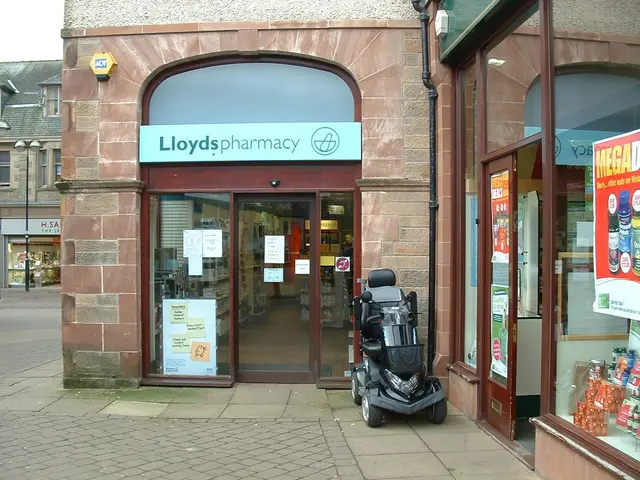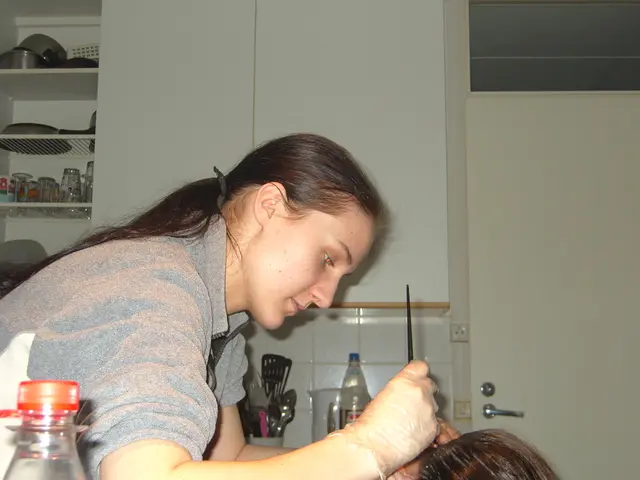Distinguishing Between Age Spots and Skin Cancer: Identifying the key variations to ensure accurate evaluation
Age spots, a natural part of aging, can manifest on the skin as sun-soaked, pigmented patches that sometimes resemble other skin conditions like skin cancer or precancerous growths. However, unlike their more harmful counterparts, age spots are generally harmless and don't cause any issues unless their appearance is bothersome.
Skin cancer, on the other hand, is a serious concern, especially in areas exposed to the sun. It occurs due to UV radiation damage, which prompts skin cells to mutate and grow at an accelerated rate. If left untreated, skin cancer can spread to other areas of the body.
Understanding the key differences between age spots and skin cancer is crucial, helping you to determine when it's time to consult a healthcare professional. Key indicators can include texture, color, and placement.
The Lowdown on Age Spots
Nicknamed solar lentigines or liver spots, age spots are small, darker-than-surrounding-skin patches. These harmless blemishes are generally smooth, yellow, brown, or gray, with well-defined borders and areas between a few millimeters to a few centimeters in size. Common areas for age spots are sun-exposed regions like the face, hands, shoulders, feet, arms, and back.
Age spots develop when the body produces excessive melanin in a protective response to UV radiation, causing the skin to darken. Age spots usually appear on fairer skin but can occur on any skin color, particularly after middle age.
Skin Cancer: The Insidious Invader
Skin cancer types include basal cell carcinoma, squamous cell carcinoma, and melanoma. These cancers are most likely to grow in sun-exposed areas due to the damaging effects of UV radiation. Symptoms of skin cancer can vary depending on individual circumstances, but signs of a cancerous growth may include asymmetrical shape, changing size, color, or shape, multiple colors in the same spot, raised, red patches, scaly or rough bumps, and persistent itching, bleeding, or pain.
Precancerous growths, like actinic keratosis, resemble age spots and can be mistaken for them. Actinic keratosis occurs due to UV radiation damage and, if left untreated, may develop into a type of squamous cell carcinoma. Actinic keratosis symptoms include rough, scaly patches or bumps that may be similar to age spots, but they can also have irregular edges, surrounding redness, and pigmentary changes.
Keep a Careful Watch
Whilst age spots do not require treatment, it's essential to pay close attention to new or changing marks on the skin. Any signs of skin cancer should trigger a conversation with a healthcare professional. Seek medical advice if you notice a mark on the skin that changes in color, shape, size, or location, appears different from other marks on the skin, itches, crusts, scabs, or bleeds and does not heal within four weeks.
To pinpoint whether a mark is an age spot, dermatologist, or skin biopsy can be performed. Treatment for skin cancer depends on the type and stage, ranging from surgical removal, topical therapies, radiation therapy, chemotherapy, immunotherapy, and systemic medication. Age spot reduction can be pursued through creams, lotions, laser treatments, cryosurgery, microdermabrasion, or chemical peeling.
In summary, while age spots, skin cancer, and actinic keratosis may resemble each other, their appearance, typical location on the body, and associated symptoms help differentiate them. Closely monitoring skin health and consulting a healthcare professional when necessary can help catch any issues early and ensure prompt, effective treatment.
- Seniors often develop age spots, which are solar lentigines or liver spots, appearing as small, darker-than-surrounding-skin patches on sun-exposed regions like the face, hands, shoulders, and arms.
- Oncology experts strongly advise monitoring skin for signs of skin cancer, as this medical condition can occur due to UV radiation damage and threaten one's health and wellness.
- In dermatology, skin cancer types like basal cell carcinoma, squamous cell carcinoma, and melanoma may have symptoms such as asymmetry, changing size, color, or shape, multiple colors, raised red patches, scaly or rough bumps, persistent itching, bleeding, or pain.
- Medical conditions such as actinic keratosis, a precancerous growth that can resemble age spots, may require attention from healthcare professionals if they itch, crust, scab, or bleed and don't heal within four weeks.
- Adequate skin care is crucial for preventing and managing skin-related conditions like skin cancer by using sunscreen, seeking shade, and maintaining a healthy diet and lifestyle that prioritizes health and wellness.








